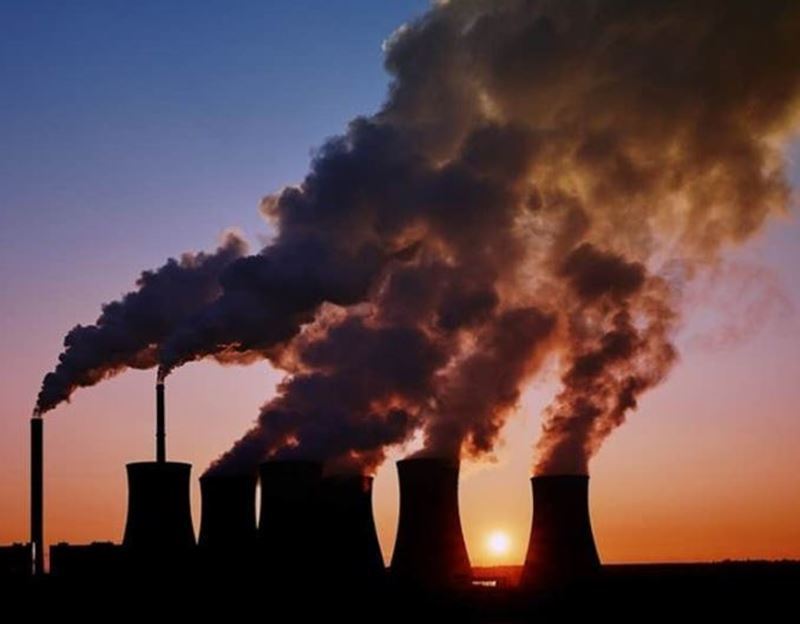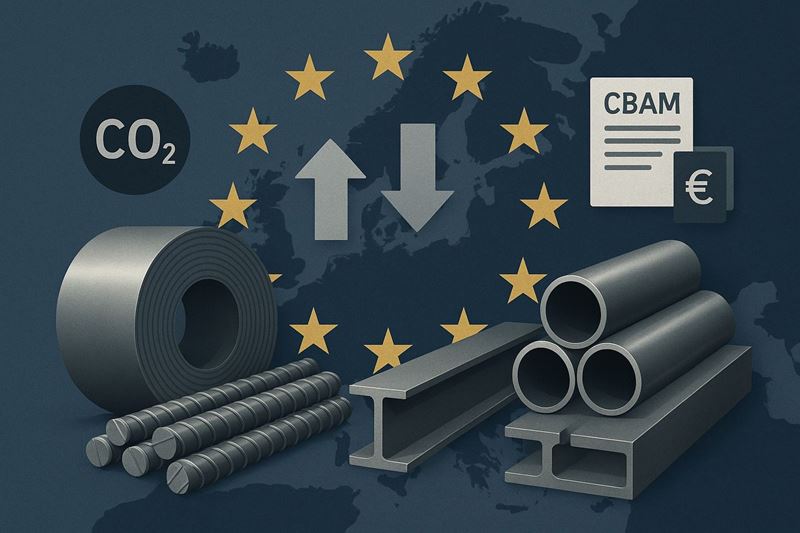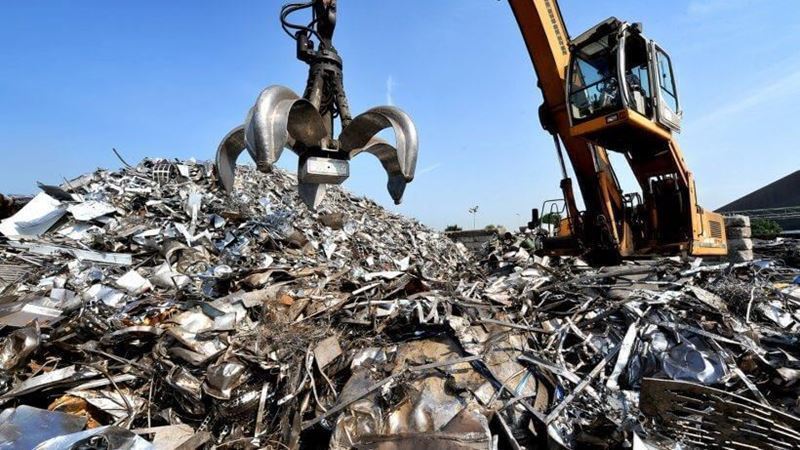During the same period, the European Union’s gross domestic product (GDP) recorded a growth of 1.2%. According to Eurostat, the quarterly estimates of greenhouse gas emissions are designed to complement key socioeconomic indicators such as GDP and employment data, offering a more complete view of the EU’s economic and environmental performance.
A breakdown by sector reveals that the largest annual increases in emissions came from electricity, gas, steam, and air conditioning supply, which rose by 13.6%, followed by the residential sector with a 5.6% increase. Meanwhile, several sectors managed to reduce emissions: manufacturing saw a slight decline of 0.2%, transport and storage dropped by 2.9%, and agriculture, forestry, and fishing decreased by 1.4%.
In the first quarter of 2025, greenhouse gas emissions rose in 20 EU member states, while only seven countries recorded declines. Among the countries with the most significant increases over 5% were Bulgaria, Czechia, Cyprus, Poland, Hungary, and Greece.
On the other hand, the steepest reductions were observed in Malta (6.2% decrease), Finland (4.4%), and Denmark (4.3%). Of the seven countries that reported declining emissions, three Estonia, Latvia, and Luxembourg also experienced a contraction in GDP, indicating a possible link between reduced economic activity and falling emissions.
Interestingly, the remaining four countries Denmark, Finland, Malta, and Sweden managed to grow their economies while simultaneously cutting emissions, suggesting that decoupling economic growth from carbon output is feasible in certain contexts. These variations underline the complexity and diversity of the relationship between economic performance and environmental impact across EU member states.









Comments
No comment yet.